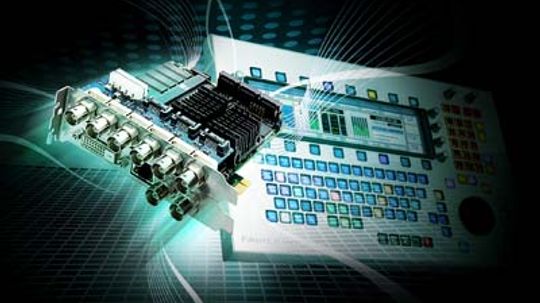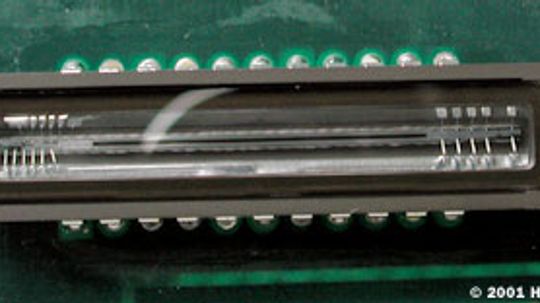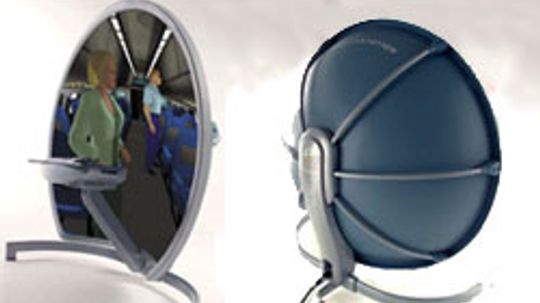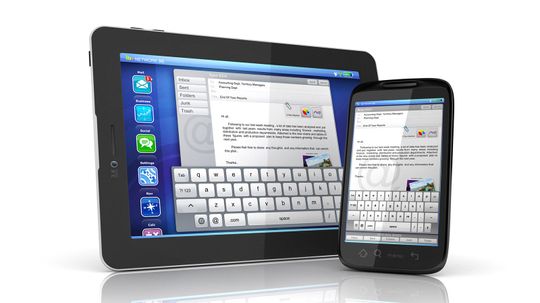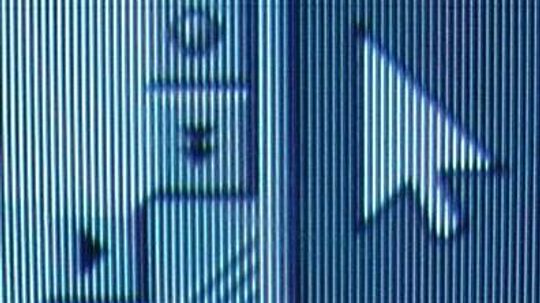Computer Peripherals
Peripherals are pieces of hardware that you add to your computer. In the Computer Peripherals Channel, find explanations, reviews, videos and prices on these parts, plus how they communicate with your computer.

How CD Burners Work

Why can I play some DVD movies but not others on my computer DVD-ROM?

How Microsoft Surface Tabletop Works

How Transmissive Film Works

How do touch-screen monitors know where you're touching?

Which Computer Keyboard Keys Wear Out the Fastest?

How the Xynergi Keyboard Works

How Does an Optical Mouse Work?

How 3-D PC Glasses Work

How Stereolithography Works: A 3D Printing Process

How Does a 3D Printer Work?

How Printer Ink Works

How Wireless Technology Changed Printing

How to Connect AirPods to a Laptop (Windows and Mac)

How to Connect AirPods to a PC
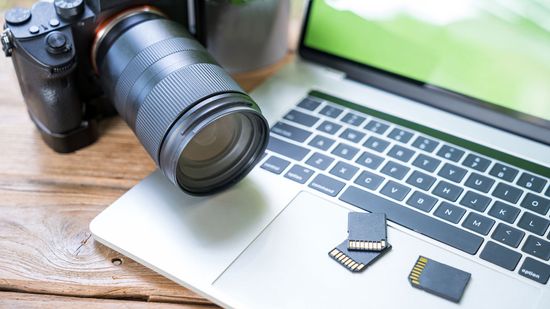
How to Move Pictures From a Memory Card to a PC or Laptop
Learn More / Page 2
It's been called a $28,000 keyboard, but actually the Xynergi keyboard is part of a desktop media production center package. Can it revolutionize the media editing industry?
In the not-too-distant future, disabled people could be able to control a motorized wheelchair, the Audeo, with only their thoughts. How could the same technology also restore speech to people who are unable to talk?
Imagine being able to transmit signals that would allow a blind person to see directly into his or her brain. For severely disabled people, the brain-computer interface could be the most important technological breakthrough in decades.
Advertisement
Laser printers are fast, precise and inkless. So how do the words get there? How can a laser beam write on paper? Read about laser printer technology.
By Tom Harris
PC gaming is one of the fastest-developing gaming sectors out there, and the view is a lot more interesting these days. Gamers can now play incredible 3-D games using high-tech glasses that give the game environment more depth than ever.
By Shane Speck
Touch-screen monitors have become more and more commonplace as their price has steadily dropped. There are three basic systems that are used to recognize a person's touch -- learn how they work.
With the rise of the MP3 format, burning your own music CDs has never been so popular -- or so easy. CDs have become one of the most widely adopted data-storage mechanisms.
By Tom Harris
Advertisement
Scanners vary in resolution and sharpness, and their dots per inch (dpi) are determined by two "sampling rates." Find out how they affect your scanner's functionality.
With the rise of the optical mouse, it appears that the venerable wheeled mouse is in danger of extinction. What makes an optical mouse better, and how does it work?
Inkjet printers shoot miniscule droplets of ink onto paper to create a seemingly fluid stroke. And with prices dropping since their introduction in the late 1980s, these printers are more popular than ever.
By Jeff Tyson
Before the digital camera explosion, flatbed scanners were the way to get images into a PC and online. These devices turn images on paper into data you can access on a computer. Find out how scanners analyze, process and transfer images.
By Jeff Tyson
Advertisement
The next generation in computer displays gives you a full 180-degree field of view. Learn how the Elumens display works!
By Jeff Tyson
Offset printing is the technology that makes most magazines and catalogs possible. See how the offset printing process puts full-color images on paper.
By Mark Mine
Fluorescent tubes and backlighting help make a computer's LCD screen bright and readable. Find out how these parts work together to keep your screen aglow.
With all the extras and options that are available for new computer keyboards, it's hard to believe that their design originated with mechanical typewriters. Now just look at all they can do!
By Jeff Tyson, Tracy V. Wilson & Chris Pollette
Advertisement
Stereolithography -- also known as 3D printing -- is an amazing technology that allows you to build 3D plastic prototypes almost as easily as you print something on a sheet of paper!
DVD movies have region codes, and they typically only play on a player or DVD-ROM drive sold in the country where the DVD movie was sold. Find out why and how they're produced this way.
The QWERTY keyboard dates all the way back to the first typewriters. Why are the keys arranged this way, rather than alphabetically?
Remember those faint horizontal lines on cathode ray tube computer screens? What caused them to appear?
Advertisement
Although Macintosh computers and UNIX workstations have sported dual screen connectivity for years, Windows was slower to progress. Find out how to hook it all up.
Because we use them daily, many of us have a lot of questions about our monitors and may not even realize it. What does "aspect ratio" mean? What is dot pitch? What does "refresh rate" mean? The answers just might help you make better use of your mon
By Jeff Tyson & Carmen Carmack
Dot pitch is measured in millimeters (mm), and a smaller number means a sharper image. How you measure the dot pitch depends on the technology used.
The mouse might just be the computer user's best friend. Every day of your computing life, you reach out for your mouse whenever you want to move your cursor or activate something. Learn how this human-machine interface translates your movements into
Advertisement
The strange bumps on your computer cables actually serve a very important purpose - keeping your system free from radio and electromagnetic interference. Learn how they do it.
Bubble jet printers are a type of inkjet printer. What makes this version so popular?
